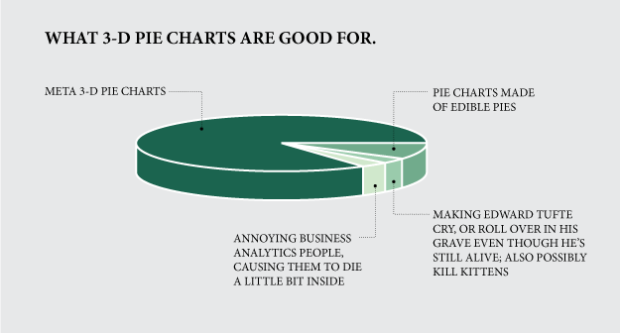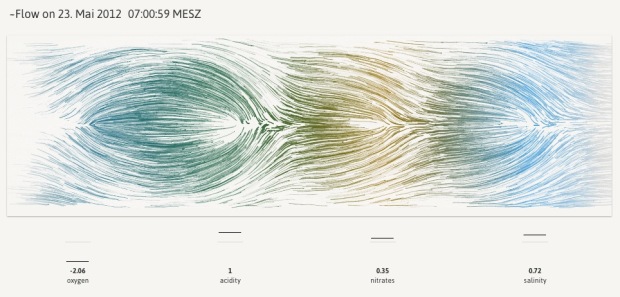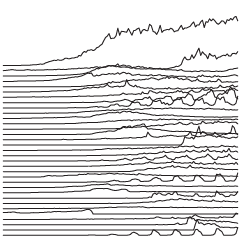Online maps have made it easy to find directions from point A to point B, but when you’re going on a long road trip, you want to know more about where you’re going. What will the weather be like? What is there to do at each stopped? Design and technology studio Stamen made a travel planner in work for the Weather Channel that tells you. Put in your origin and destination and when you will leave, and you get a map with weather icons along the way.
So let’s say you’re driving from New York to San Francisco, and you’re trying to decide whether to go straight across or loop up or down a bit; this will give you a sense for whether it’s going to be rainy or sunny when you plan to be in the middle of Nebraska. You can drag around the rainy bits if you like, and also along the way maybe you’d like to stop for a bite to eat, so we’re hitting the Yelp API to give you a sense of where to go and what to see.
Give it a try here. It’s kind of awesome.






 Visualize This: The FlowingData Guide to Design, Visualization, and Statistics (2nd Edition)
Visualize This: The FlowingData Guide to Design, Visualization, and Statistics (2nd Edition)










